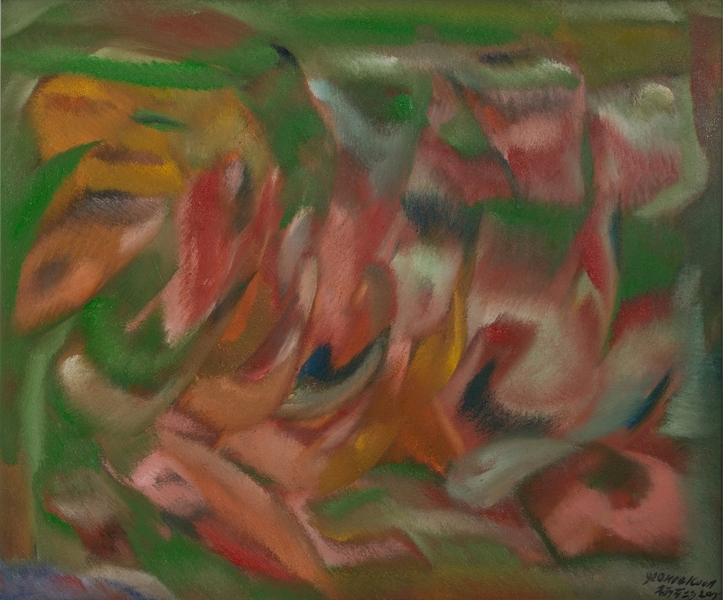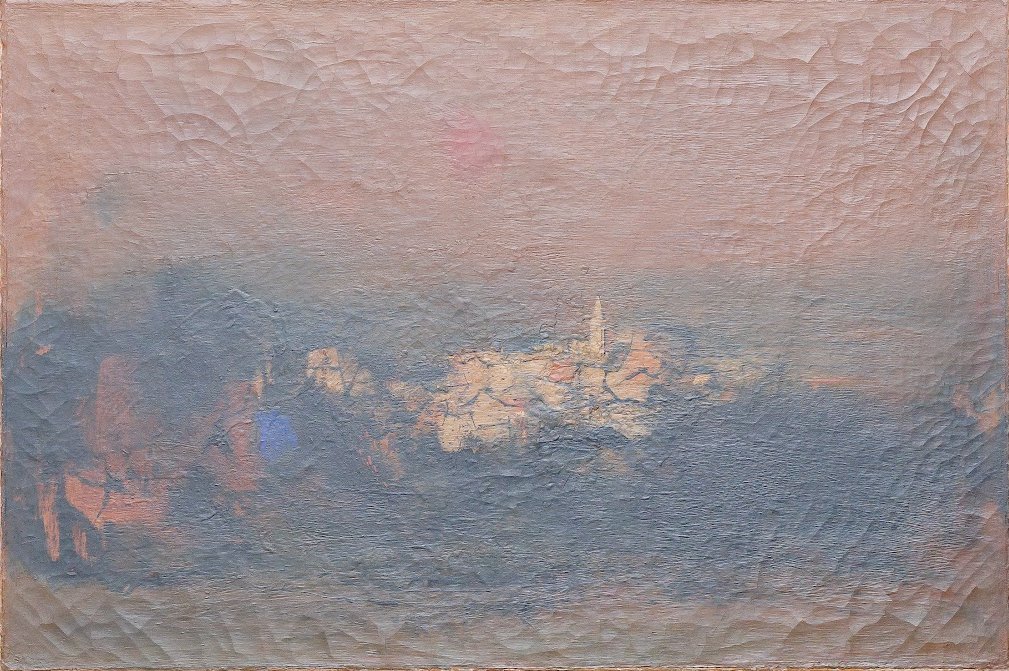Acrylic Painting on Canvas Team Bonding Art Jamming Singapore Visual Arts Centre
























Yeo Hoe Koon
Oil on Canvas
64 x 89.5 cm
Price Range: $16,000 - $20,000

Yeo Hoe Koon
Oil on Canvas
101 x 123 cm
Price Range: $26,000 - $32,000

Chen Wen Hsi
Chinese Ink and Color on Paper
50 x 54cm
Price Range: SGD $42,000 - $50,000

Cheong Soo Pieng
Red Tone
61 x 91.5cm
Price Range: SGD $108,000 - $138,000

Cheong Soo Pieng
Abstract Landscape
50 x 61cm
Price Range: SGD $95,000 -$128,000

Fan Shao Hua
Chinese Ink and Colour on Paper
100 x 100cm
Price Range: SGD $9,800 - $14,800

Fan Shao Hua
Chinese Ink and Colour on Paper
100 x 100cm
Price Range: SGD $8,800 - $13,800

Digital art is made using software, computers, or other electronic devices. Anything produced or made on digital media, such as animations, illustrations, videos, digital paintings, and such is a form of digital art.
Digital Art can be seen everywhere, and is part and parcel of the creation of many things we see around us; Animation, Media Advertisements, Movies, Furniture and Props, etc. It is part of the production pipeline for our favourite shows and films like Moana,
Your Name, Spiderman and more!

The ease of publishing, sharing, and selling digital art has made many new jobs and careers available for digital artists all around the world.
Some careers that use digital art include:
Digital Art is also a great form of art that portfolio students may explore, especially those looking to venture into the field of Animation, Game Design, Visual Communications and more. It can be used for creative works that students looking to apply for SOTA, or specialised works for those looking to apply for a Diploma or Degree in the arts.
Digital Art is suitable for for learners with all levels of experience, it is never too early or too late to start learning digital art! Of course, it will naturally be easier for those with prior traditional art experience such as sketching and painting but it will not be a deterrence.
In a way, digital art is actually easier than traditional sketching and painting! Digital softwares allows users to undo their mistakes and create multiple layers that allows for more room for adjustments. The availability of adjustment layers provides more opportunities to create more vibrant and striking effects that would be harder to achieve in traditional mediums.
Starting out on a Digital Art journey actually costs less than traditional art in a long run. If you are on a budget, why not consider digital art? All you need is a stylus, drawing tablet and a software, and you are good to go! These tools can be purchased with less than $500 and used for years to come.
The tools usually comes in such combinations:
A) Laptop/Desktop + Drawing tablet/Display screen and stylus
B) iPad + Apple Pen*
You do not need to get the most expensive tablet right off the bat. There are cheaper options and brands available that works just as well. Here are some things that you should take note of when getting the tools:
*The original Apple Pen comes with pen pressure, which is not available in many alternative iPad styluses. Even if the alternative stylus does come with pen pressure, it might not necessarily work with your drawing software. Hence, it is the safest to use the original Apple Pen that is compatible with your Ipad!
Drawing tablets that come with a plug-in wire is generally cheaper than display screens and Ipads, however, there are additional things that would require some considerations:
These factors affect how smoothly your drawing application will run, and how big of a file size you can work with. For big projects, it is recommended to work on computers as it allows for more layers to be created and for you to work with larger canvas sizes within the software itself.
Digital art offers creatives multiple roads to embark on in their hobby and career. From knowing how to make animation and cartoons to character art and patterning, any and more are possible just by learning a few courses and programs. The return on the investment of your time will carry over for years, possibly even a lifetime. By embarking on a worthwhile endeavour today, in the future you will be educated and ready for whatever comes next in your life with art.

It mainly comes down to the tools used. Traditional mediums rely on tools like pencils, erasers, kneadable erasers, sketching paper, and an easel. On the other hand, digital mediums are more convenient, using devices such as an iPad and Apple Pencil or a laptop with a digital tablet and stylus pen. While digital tools can be more expensive, many free and accessible apps, like Procreate, Medibang, and Ibispaint, are available for download from the Apple or Play Store.
Erasing is also much easier with digital tools—you can undo mistakes instantly with a tap or a shortcut (Ctrl/Command + Z), leaving no trace. In contrast, traditional mediums often leave marks on the paper, which can be challenging to work around.
Visual Arts Centre offers various digital art art courses suitable for all ages! Do not hesitate to reach out to us to kickstarting your digital art journey at +65 6255 0711 via WhatsApp or Call!
1. Manga, Digital Drawing & Painting Course (combination of both traditional and digital mediums)
2. Digital Drawing & Painting Course
3. Digital Drawing & Painting Private Class
Holiday Courses:
3. Introduction to Digital Drawing & Painting (Suitable for 7-9 YO) – Holiday Art Course
4. Introduction to Digital Drawing & Painting (Suitable for 10-18 YO) – Holiday Art Course
New Workshops:
5. Digital Art: Character Costume Design Art Workshop (creating of own characters and its costumes via traditional and digital mediums)
6. Digital Dreams – Transforming Ideas Into Art Workshop (a one-day workshop for beginners who are interested in digital art on 13 December, 2PM-4PM)
Date/Time:
13 December 2024, 2PM-4PM
Workshop Cost:
$50nett
Course Structure Breakdown:
(commencing from the school holiday period of December 2025- June 2026)
Date/Time:
Mondays 7.30PM-9.45PM, and Thursdays, 3.30PM-5.45PM, Saturday 6.30PM-8.45PM
Venue:
Dhoby Ghaut Studio (10 Penang Road, #01-02 Dhoby Ghaut Green, S238469)
Price: $480nett inclusive of art materials
Learning Contents & Learning Objectives:
Click and get to our WhatsApp
Embark on a captivating journey into the vibrant world of digital art! Our Foundation in Digital Art workshop invites budding creatives aged nine and above to unleash their imagination and hone their artistic skills in a dynamic, supportive environment. From mastering basic digital tools to crafting mesmerizing digital masterpieces, children will explore a spectrum of techniques guided by seasoned mentors. Through hands-on activities and interactive sessions, participants will discover the endless possibilities of digital expression while fostering creativity and critical thinking. Join us for an exhilarating adventure where young artists transform ideas into stunning visual realities, igniting a passion for digital art
In the Batik Introduction Handkerchief Painting workshop, participants will learn the traditional art of batik, a wax-resist dyeing technique originating from Indonesia. The workshop begins with a brief history and overview of batik, highlighting its cultural significance and various techniques. Participants will then observe a demonstration of applying wax with tjanting tools and dyeing the fabric. Following the demonstration, each participant will design and create their own batik handkerchief, applying wax to create patterns and then dyeing their fabric. The workshop concludes with a group discussion, allowing participants to share their creations and reflect on their learning experience.